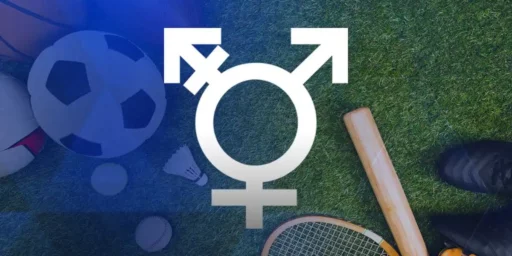STUDENT ATHLETES?
A new book by William Bowen and Sarah Levin finds that, even at the Ivies and academically elite Division III schools, recruited athletes perform far worse than the student bodies as a whole–and even walk-ons on the same teams.
Not only are recruited athletes at these schools admitted with lower test scores and grade-point averages than their peers’, but they perform worse academically than other students once they start college–and worse even than their own high school GPAs and test scores would predict. Men recruited to play Ivy League football, basketball, and hockey had SAT scores averaging 165 points lower than other incoming students, the authors found; 81 percent of these athletes ended up in the bottom third of the class, as did 64 percent of recruited male athletes in other sports and 45 percent of recruited female athletes.
This is somewhat surprising, but hardly shocking: Competitive sports is a very time-consuming enterprise.
“It’s not that these tennis players aren’t able people intellectually–they are,” says Bowen, a former president of Princeton University. “It’s about allocation of time and focus.” Athletes are recruited by college coaches because of their single-minded devotion to sport, he says–a system he believes is in serious tension with the avowed priorities of selective schools.
Indeed. One wonders if there’s a non-athletic peer group that’s similar, however? Do ROTC scholarship students planning on military careers or those on music or dramatic scholarships show similar trends?
Cross-posted at SportsBlog






As someone who received their commission in the Navy via NROTC I can say that the standards, at least between 85-89 were pretty low.
You just needed to maintain a 2.0 GPA. This does deserve a little of supporting information. While the GPA requirment was low, the course work was not.
You could major in any subject but you had to take 2 semesters of Calculus, 2 semesters of Calculus based physics as well as 1 semester of logic or computer science.
There were no ‘underwater basket weaving’ slackers and your class standing had a big effect on your first assignment, i.e. if you want subs then you better be a hard science major with a high GPA.
Interesting. I commissioned via Army ROTC in 1988. There was no particular concern about the major, but class standing mattered. At that time, getting an Active Duty assignment was still very difficult and we had a lot of hard chargers not get them because of mediocre academic performance.